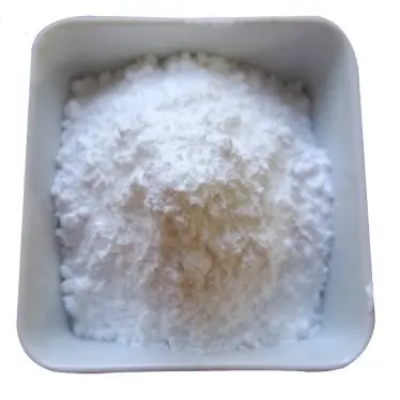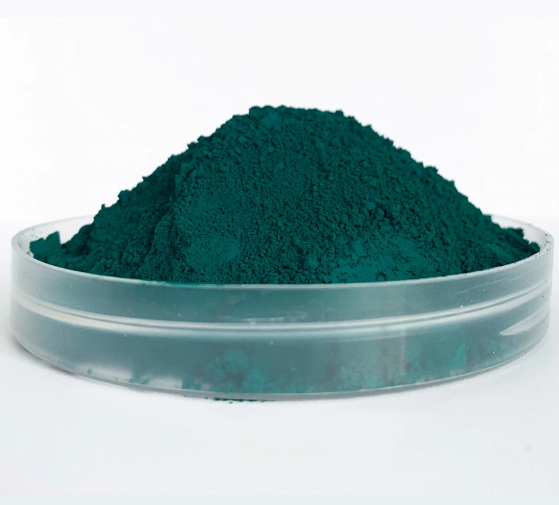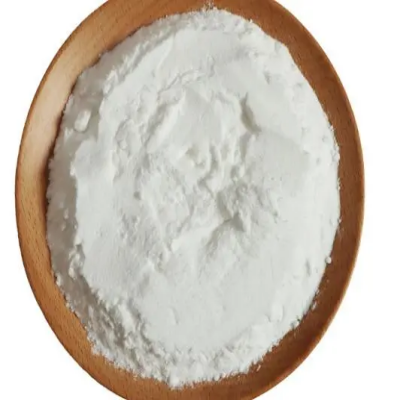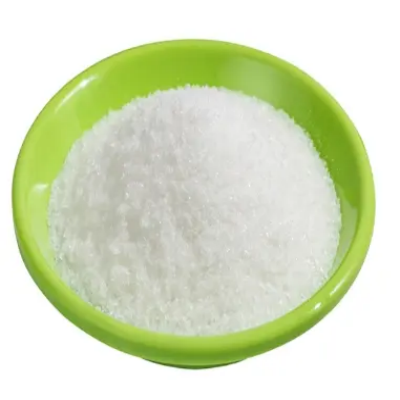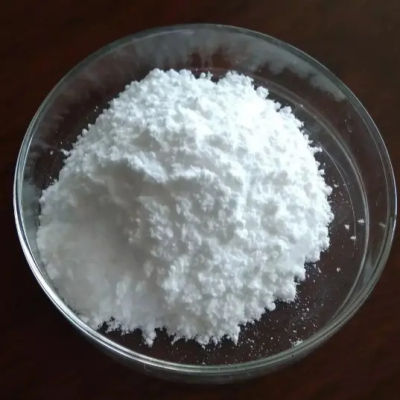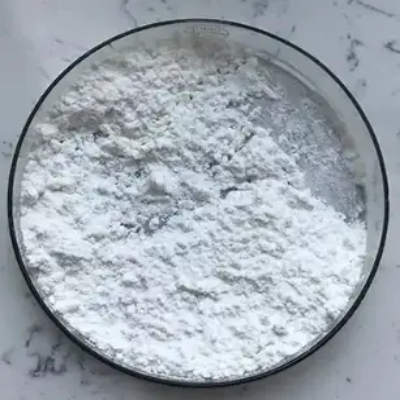Thiamphenicol CAS:15318-45-3
Thiabendazole is indicated for the treatment of parasitic infections such as cutaneous larva migrans (creeping eruption), strongyloidiasis, trichinosis, and visceral larva migrans caused by various parasites including hookworms, roundworms, and whipworms. It is available in oral formulations for systemic infections and topical formulations for localized infections. The dosage and duration of thiabendazole therapy depend on the type of infection, the severity of symptoms, and individual patient factors such as age and weight. Treatment regimens may vary from a single dose to multiple doses over several days, as determined by healthcare providers. Adverse effects associated with thiabendazole therapy are generally mild and transient, including gastrointestinal upset, headache, and dizziness. Allergic reactions may occur rarely. Pregnant women and individuals with liver disease should use thiabendazole with caution, as it may pose risks to fetal development or exacerbate hepatic impairment. Patients should be instructed to adhere to the prescribed regimen and complete the full course of treatment to ensure successful eradication of the infection and reduce the risk of recurrence. Consultation with a healthcare professional is recommended for personalized treatment recommendations and guidance on managing side effects to ensure safe and effective use of thiabendazole in parasitic infections.



| Composition | C12H15Cl2NO5S |
| Assay | 99% |
| Appearance | white powder |
| CAS No. | 15318-45-3 |
| Packing | Small and bulk |
| Shelf Life | 2 years |
| Storage | Store in cool and dry area |
| Certification | ISO. |


